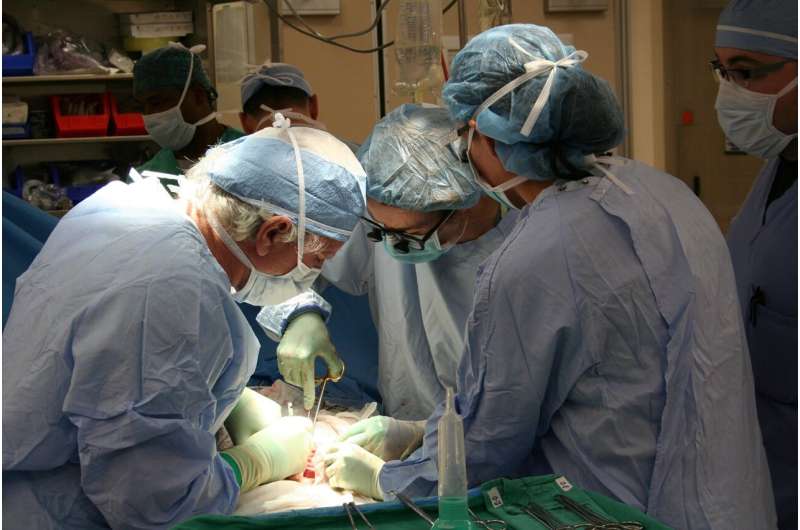Innovative Mini-Camera and AI Technology Forecasts Recurrent Heart Attacks

New innovative technique combining micro-camera imaging and artificial intelligence offers a reliable method to predict recurrent heart attacks by analyzing arterial health with microscopic precision.
Recent advancements in medical imaging and artificial intelligence have paved the way for more accurate prediction of recurrent heart attacks. Researchers from Radboud University Medical Center have developed a method that utilizes a miniature camera inserted into the coronary arteries, combined with AI analysis, to assess arterial health at a microscopic level. This approach, based on optical coherence tomography (OCT), captures detailed images of blood vessels through near-infrared light, which were traditionally difficult to interpret due to complexity. Previously restricted to specialized labs, this process is now streamlined with AI, enabling rapid and reliable analysis of artery scans.
In a comprehensive study involving 438 patients followed for two years, AI accurately identified vulnerable spots in the arterial wall that could lead to future infarctions, matching or exceeding the precision of specialized centers. This breakthrough offers promising potential for personalized cardiovascular care by enabling physicians to pinpoint high-risk plaques and tailor preventative treatments, such as medication adjustments or preventive stent placements.
Heart attacks often occur when blood flow to the heart is blocked by a clot, usually due to the narrowing of coronary arteries caused by atherosclerosis. Currently, about 40,000 procedures involving artery widening and stent placement are performed annually in the Netherlands alone. Despite this, approximately 15% of heart attack patients experience subsequent events within two years.
The study emphasizes the importance of early detection. Using OCT paired with AI, physicians can now visualize entire coronary vessels in detail—an improvement over previous methods limited to small sections. This enhanced mapping capability could significantly improve risk stratification and prevention strategies.
The integration of AI is crucial because interpreting OCT images is highly complex and labor-intensive for physicians. Automating this process allows for quicker, more consistent evaluations, even for entire arteries, which was not feasible manually. Thannhauser’s team anticipates that with further development, this technology may soon become a standard part of clinical practice. Led by the CARA Lab at Radboud, their work represents a considerable step towards more effective prevention of recurrent heart attacks.
For further details, see the original study published in the European Heart Journal.
Stay Updated with Mia's Feed
Get the latest health & wellness insights delivered straight to your inbox.
Related Articles
Advances in Molecular Approaches for Treating Angelman Syndrome
A new review explores recent advances in molecular strategies for treating Angelman syndrome, focusing on gene reactivation techniques and targeting disrupted cellular pathways to move beyond symptom management.
Innovative AI Technology Identifies Hidden Cellular Subtypes to Enhance Precision Medicine
A new AI system called CellLENS enhances our understanding of cellular environments, uncovering hidden cell subtypes for more targeted cancer therapies and advancing precision medicine.
Innovative Approach: Simultaneous Kidney and Stem Cell Transplants Could Eliminate Long-Term Immunosuppressant Use
New research from Mayo Clinic demonstrates that simultaneous kidney and stem cell transplants may allow patients to live without lifelong immunosuppressive medications, offering hope for safer, longer-lasting transplants.



